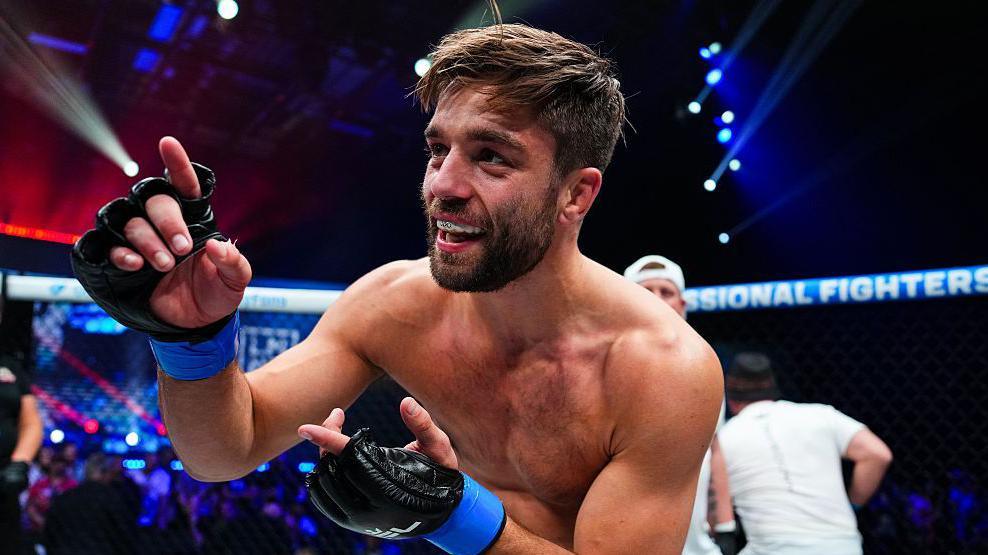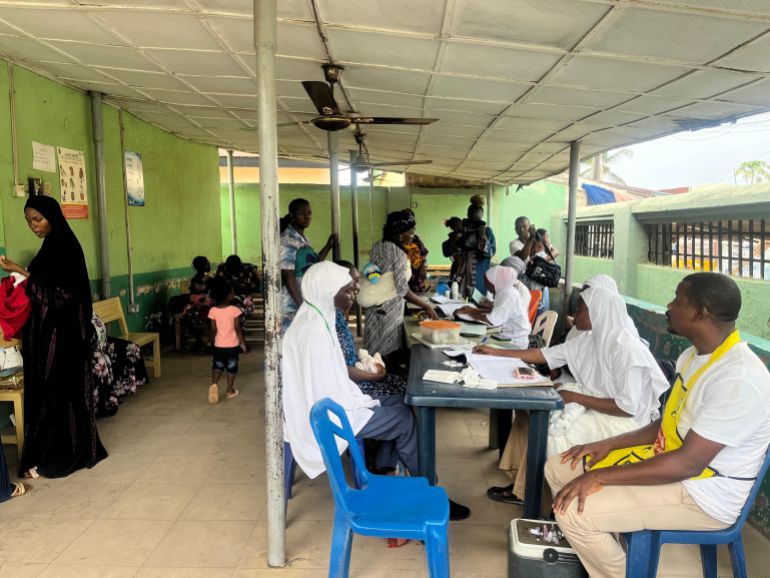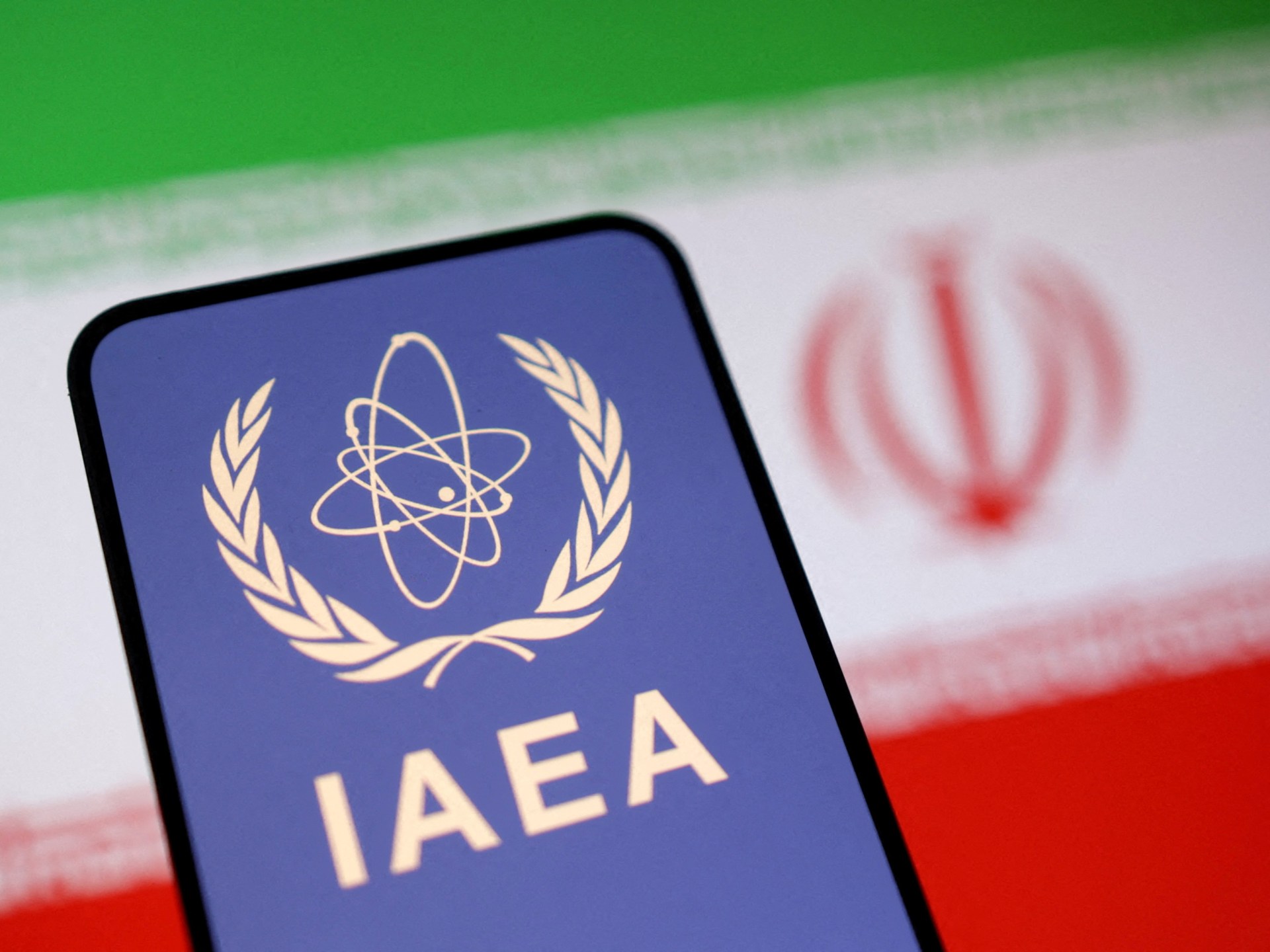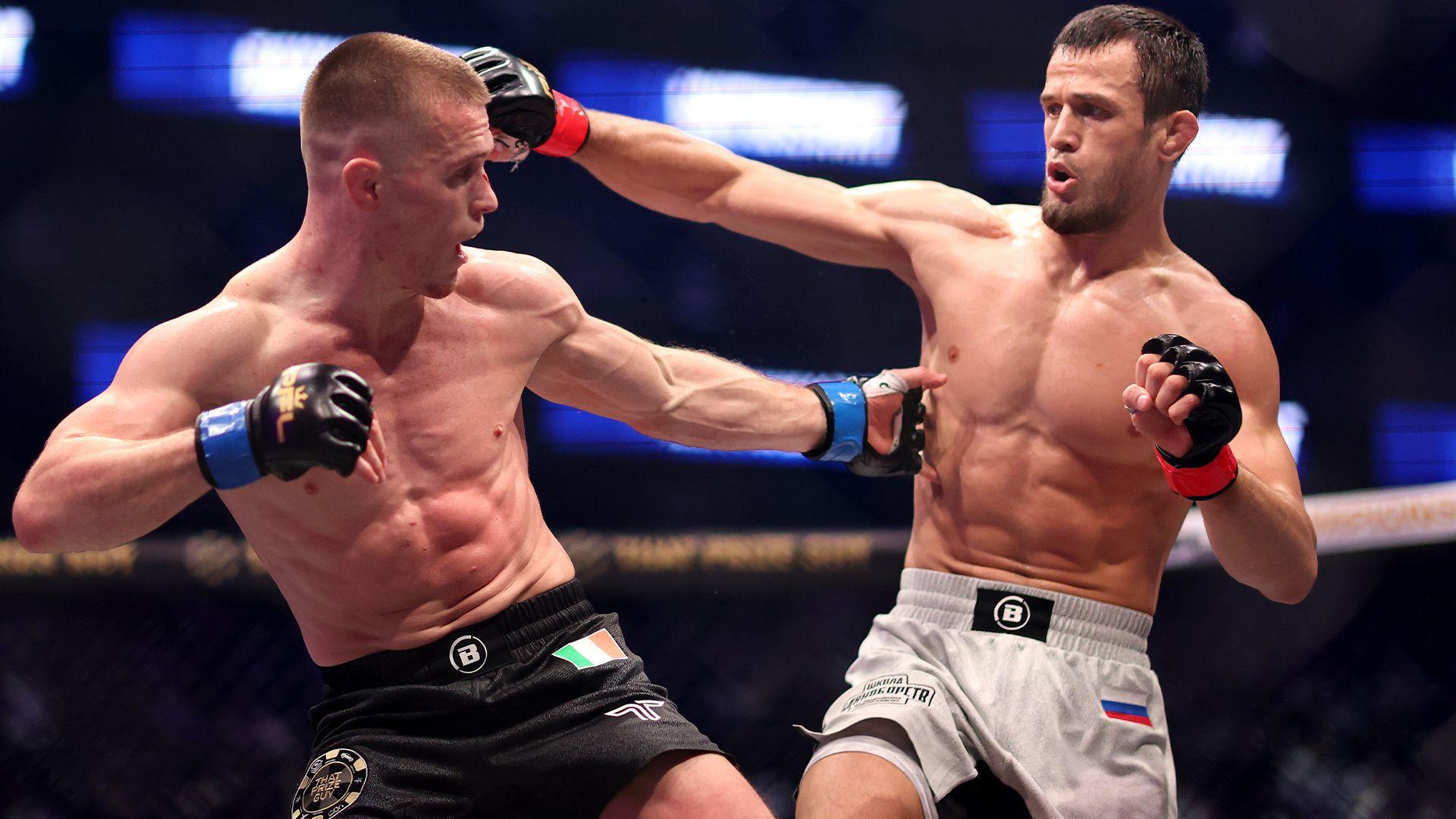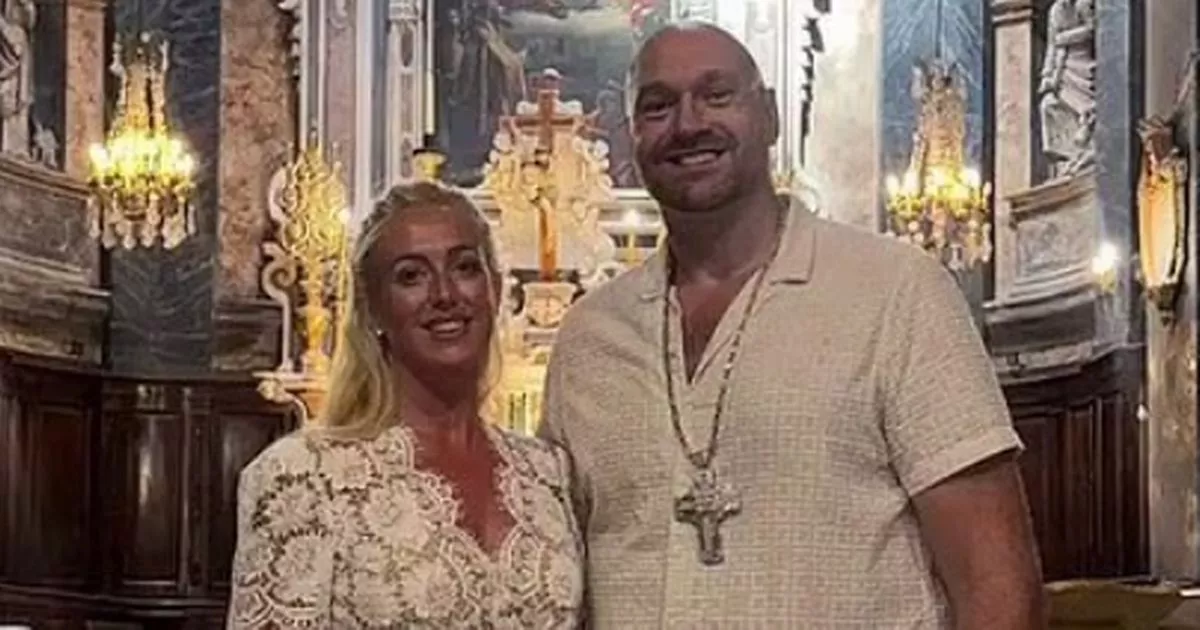Last week, actor Dean Cain, known for portraying Superman in the 1990s TV show Lois & Clark: The New Adventures of Superman, announced that he was going to be sworn in as a United States Immigration and Customs Enforcement (ICE) agent.
Cain said he was joining the agency because ICE agents, whom he described as the “real true heroes”, were being vilified. He also posted an ICE recruitment video on Instagram with the Superman theme song playing in the background, and promoted the generous pay and benefits that come with being an ICE agent.
Cain is not the only one. Some pro-Trump celebrities have also defended or praised ICE. And Dr Phil tagged along on ICE raids in Chicago and quizzed apprehended migrants on camera.
But setting aside the irony that the Man of Steel himself was in fact also an undocumented alien, why would Superman be so keen to join ICE’s draconian raids targeting immigrants?
For one thing, we need to understand the allure of these ICE operations.
The visuals of masked federal agents, hopping out of armoured vehicles, in military-style gear and swiftly descending on what ICE enthusiasts would claim are terrorists, rapists, paedophiles, murderers, drug traffickers and gang members, are deeply comforting for many in the US.
This is a consequence of a long history where militarised policing gained a semblance of sacrosanctity in the country.
It is well documented that contemporary policing in the US has its origins in slave patrols. This means that the development of the US criminal justice system has its roots not only in slavery, but also in the belief that slave revolts or any effort to upend the racial hierarchy in American society are an existential threat to the established social order.
Over the years, the gradual militarisation of the police has drawn its rationale from periods of perceived existential crises in American society. Whether it was the rise of organised crime during the Prohibition era of the 1920s, uprisings during the civil rights movement of the 1960s, or when President Richard Nixon declared drug addiction “public enemy no 1” requiring an “all-out offensive”, these have served as the pretext for strong, military-style policing on American streets.
This militarisation of the police has been supported by Section 1033 of the National Defense Authorization Act for Fiscal Year 1997, which President Bill Clinton signed into law, allowing local law enforcement agencies to access excess military equipment from the Department of Defense (DOD). The 1033 programme has allowed the DOD to “sell or transfer”, among other things, mine-resistant ambush-protected vehicles, grenade launchers, aeroplanes and helicopters.
This love affair with ICE is also a cultural phenomenon. The hard-edged, violent and brash cop, willing to stray outside the bounds of the law to protect innocent civilians from evil (the Muslim terrorist, the Soviets, the Germans) is a popular Hollywood and American TV show staple. This has normalised the perception that to keep America safe from such existential threats, it is sometimes necessary to use deadly force or extrajudicial actions, no matter how cruel or excessive they may seem.
Of course, in all of this, we cannot ignore the deep, anti-immigrant sentiments that drive the support for ICE.
In my adult life, this xenophobia has taken many forms.
As an 18-year-old college student in upstate New York in the early 2000s, I was the physical epitome of all things evil and anti-American as the country waged its “Global War on Terror”. At the time, I remember a fellow student justifying the extra security checks I had to suffer through at airports, saying, “You cannot ignore the fact that you look like the people who hate us.”
In my late 20s as a PhD student in Copenhagen, I had to hear a senior colleague say, “You’re Indian. I guess your skill is raping women.” He was referring to the 2012 Delhi bus gang rape and murder that received global attention.
Globally, we have also seen a proliferation of reality TV shows like Border Security: Australia’s Front Line and Nothing to Declare UK that claim to show the reality of the multiple threats that Western countries encounter at their borders.
It is now all but commonplace to imagine the figure of the migrant as a vessel for all things we fear and hate.
When Syrian refugees arrived in Europe in 2015, they were portrayed as a security threat, a burden on public services, and a threat to European values.
Last year, the United Kingdom saw a wave of far-right anti-immigrant riots after a mass stabbing of girls in Southport. The riots followed false claims that the attacker was a Muslim migrant. Rioters attacked minority-owned businesses, the homes of immigrants and hotels housing asylum seekers.
This year, Ireland has seen anti-immigrant attacks on South Asians, including a six-year-old girl who was punched in the face and hit in the genital area. Reportedly, these attacks have been fuelled by anger over the affordability and housing crisis.
Such anti-immigrant sentiments have been endemic to American politics.
While the discourse during the Obama years was not as antagonistic, the removal of undocumented migrants was still a political priority. President Obama was called “deporter-in-chief”, and in 2012, deportations peaked at 409,849. That said, in the same year, he also signed the Deferred Action for Childhood Arrivals (DACA) policy, allowing undocumented migrants who were brought into the country as minors to apply for “renewable two-year periods of deferred action from deportation, allowing them to remain in the country”. DACA also made them eligible for work permits.
Deportations were also a priority during the Biden years. In fiscal year 2023, US immigration authorities deported or returned 468,000 migrants, surpassing any single year during Trump’s first term.
That said, during Trump’s tenure in the White House, the anti-immigrant rhetoric has been vicious, and the Republican leader does not shy away from portraying migrants as synonymous with criminality and an existential threat to the demographic, moral and cultural fabric of the United States.
This framing of immigrants as a problematic presence in American society served as a pretext for Trump’s plan to build a wall across the US-Mexico border to stop the movement of undocumented migrants, the travel ban on citizens from several Muslim countries, and a suspension of the US Refugee Admissions Program.
Trump’s second term has only been a continuation of such policies. With the genocide ongoing in Gaza and the concurrent visibility of the Palestine solidarity movement, the anti-immigration movement has merged with anti-Palestinian racism, with ICE also targeting pro-Palestine activists whom the Trump administration claims hold views that are antithetical to American values.
With all of this in the background, it then makes sense that an actor who once played an undocumented alien on TV and who himself has Japanese heritage would join ICE. In the era of Trump, targeting the tired and poor huddled masses who yearn to breathe free seems to be the American way.

